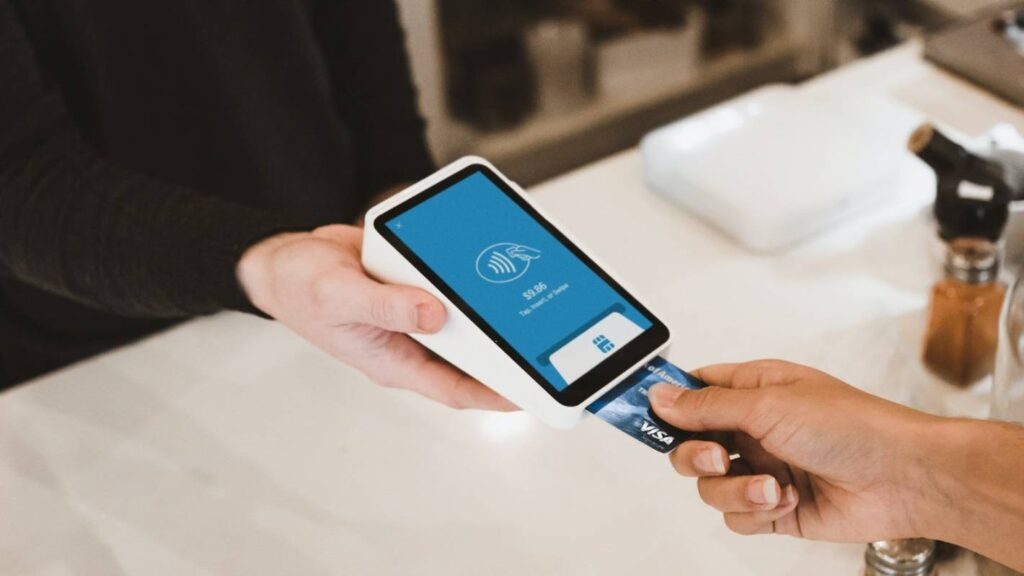 FOLLOW ON
FOLLOW ON
Advertisement
In this July 31, 2012 file photo, a radiologist compares an image from earlier, 2-D technology mammogram to the new 3-D Digital Breast Tomosynthesis mammography in Wichita Falls, Texas.(Torin Halsey/Times Record News via AP, File)
A new study shows that after 10 years of annual cancer screening using 3D mammography, nearly half of the patients tested experienced a false-positive mammogram.
Published on Friday in JAMA Network Open , the observational study suggests that while more information can be collected using 3D mammography, its use only slightly decreases the chance of a false-positive result when compared to standard 2D mammography.
A false-positive result occurs when a mammogram is given a positive assessment because of some sort of abnormality that needs more diagnostic work-up, including further imaging and testing, but ultimately there is no diagnosis of breast cancer.
False positives are relatively common using 2D mammography.About 12 per cent of 2D-screening mammograms are recalled for more work-up, but only 4.4 per cent of those recalls – or 0.5 per cent of the mammograms overall – result in a cancer diagnosis.
“Despite the important benefit of screening mammography in reducing breast cancer mortality, it can lead to extra imaging and biopsy procedures, financial and opportunity costs, and patient anxiety,” Diana Miglioretti, a professor of biostatistics at UC Davis and an author of the study, said in a press release on Friday.
Because of this, researchers wanted to determine if there is a difference between 3D or 2D screening when it comes to the probability of false-positive results.
Researchers analyzed data from nearly three million screening mammograms performed on more than 900,000 patients between 2005 and 2018 at 126 radiology facilities.The results suggest that more than half of the patients in the study received at least one false-positive recall over 10 years of annual or biennial (every other year) screening.
For annual screening, the 10-year cumulative probability of at least one false-positive result was “significantly” lower at 49.6 per cent of all annual tests using digital breast tomosynthesis, or 3D mammography, in comparison to 56.3 per cent of all annual tests using digital mammography, or 2D mammography.
But researchers said that false positives for both 3D and 2D screenings were notably higher with annual testing than they were with biennial testing, or testing every other year.For biennial screenings, the cumulative probability of a false-positive recall was 35.7 per cent for tomosynthesis and 38.1 per cent for digital mammography.
“We were surprised that the newer 3D technology in breast cancer screening does not substantially reduce the risk of having a false-positive result after 10 years of screening,” Thao-Quyen Ho, a radiologist at the University Medical Center in Ho Chi Minh, Vietnam, and an author of the study, said in the press release.”However, chances of false positives are much lower with repeated biennial vs.annual screening.”
Ultimately, the study’s authors said that with the probability of a false positive still high after either type of screening, patients going for a mammogram should try to manage their expectations and nerves.
“To detect breast cancer early, we need to be careful and investigate any potentially abnormal findings,” Ho said, but added that patients “should not be worried if recalled for additional imaging or biopsy.
The vast majority of these results are found to be benign.”.
